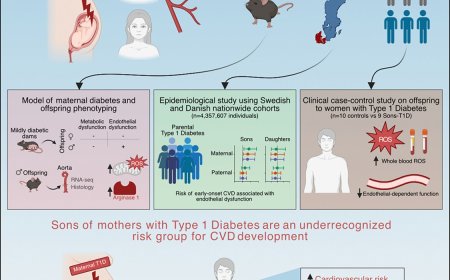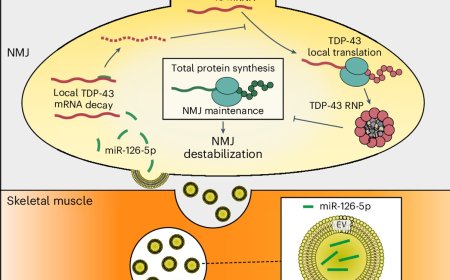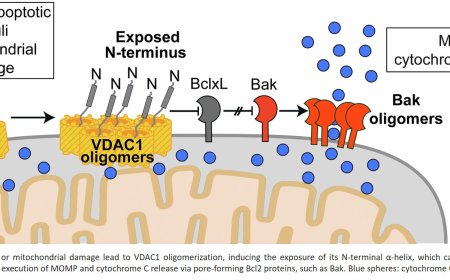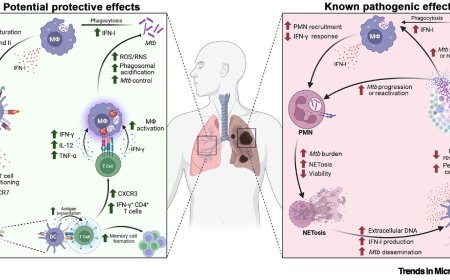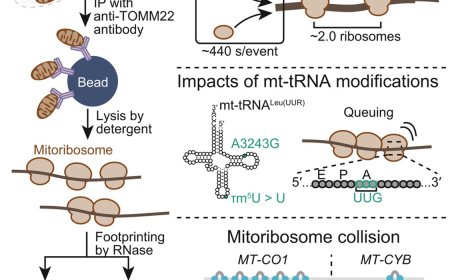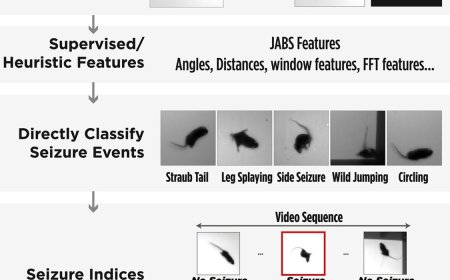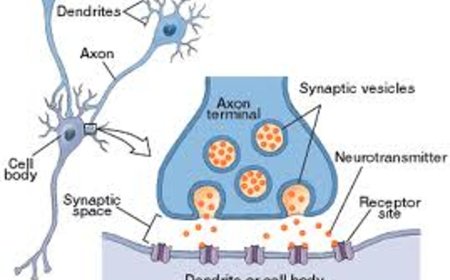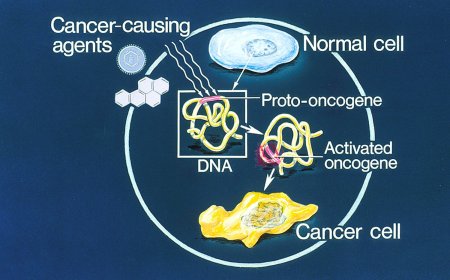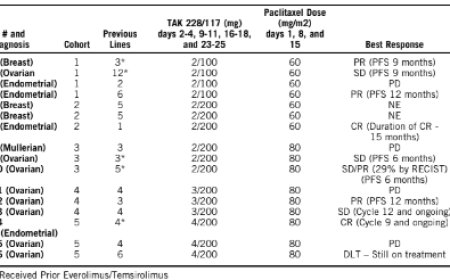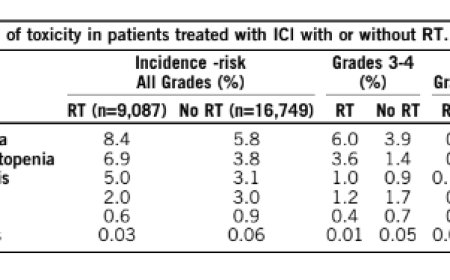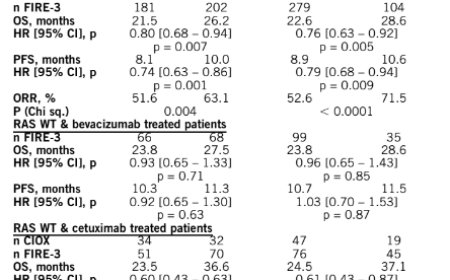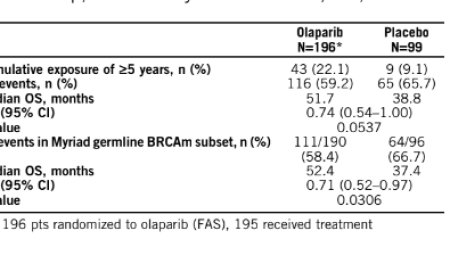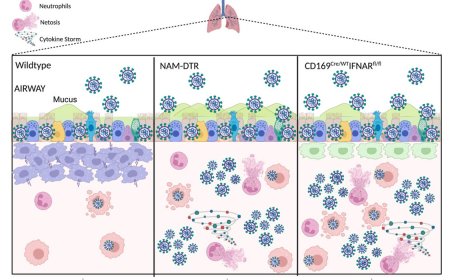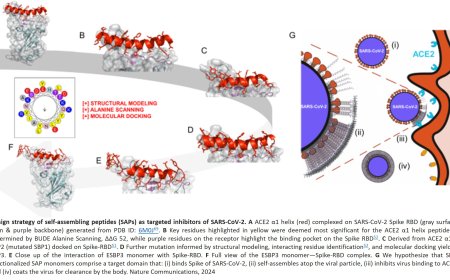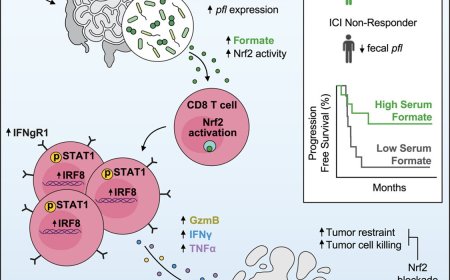First structural images of a tuberculosis-fighting virus

Mycobacteria are the world’s most deadly bacteria—causing infectious diseases including tuberculosis (TB), which alone kills more than one million people each year. New drugs to fight these infections are desperately needed, as the number of cases of antibiotic-resistant mycobacteria is on the rise.
Scientists have now used advanced imaging techniques to provide a detailed look at how a tiny virus, known as a phage, invades Mycobacteria. The research, published in Cell, could pave the way toward phage-based treatments for antibiotic-resistant mycobacteria.
“Phages have evolved over millions of years to precisely target specific bacteria,” says a co-senior author of the new work. “But to be able to develop phages into effective therapies, we need to know more about how they interact with Mycobacteria.”
Phage therapies, which use viruses to attack drug-resistant bacteria, are gaining attention as potential alternatives to antibiotics. Because they recognize different aspects of bacteria than typical antibiotics, they may be able to kill pathogens that have evolved to avoid recognition by the standard drugs. But the phages that target Mycobacteria—known as mycobacteriophages—have remained poorly understood. Scientists have had little insight into the phages’ structures and how they recognize and infect Mycobacteria.
The research team set to answer these questions and create atomic-level models of the mycobacteriophage known as Bxb1.
The team combined data from single particle cryo-electron microscopy (cryo-EM) and cryo-electron tomography (cryo-ET), two imaging techniques that allow researchers to visualize frozen biological structures at near-atomic resolution. They captured images at multiple stages of infection—revealing how Bxb1 attaches to Mycobacteria, injects its genetic material and begins the infection process. The results were surprising.
“Other phages form a channel through the bacterial membrane to inject their DNA, so we expected to see the same here,” the author said. “But we didn’t. This suggests mycobacteriophages use a completely different genome translocation mechanism.”
Myobacteria have particularly thick and unusual cell walls compared to other bacteria, and the author said more work is needed to uncover how phages are able to inject their genome through this formidable and seemingly impenetrable cell wall.
The new structures also revealed how the tail tip of the phage dramatically changed when it bound to the bacteria, providing insights into the dynamic process of infection.
The structure contains protein assemblies with 3-, 5-, 6-, and 12-fold symmetries, which interact to satisfy several symmetry mismatches.
Cryoelectron tomography of phage particles bound to M. smegmatis reveals the structural transitions that occur for free phage particles to bind to the cell surface and navigate through the cell wall to enable DNA transfer into the cytoplasm.
“There are thousands of mycobacteriophages out there, but we don’t yet fully understand how they recognize and kill Mycobacteria,” the author says. “By continuing to study their structures, we can start to identify the hallmarks of an effective phage and design better treatments.”
